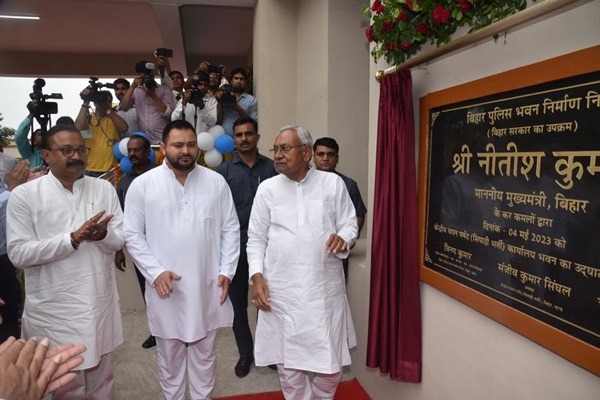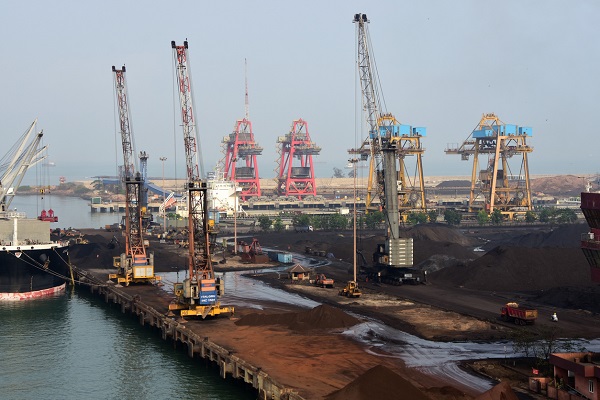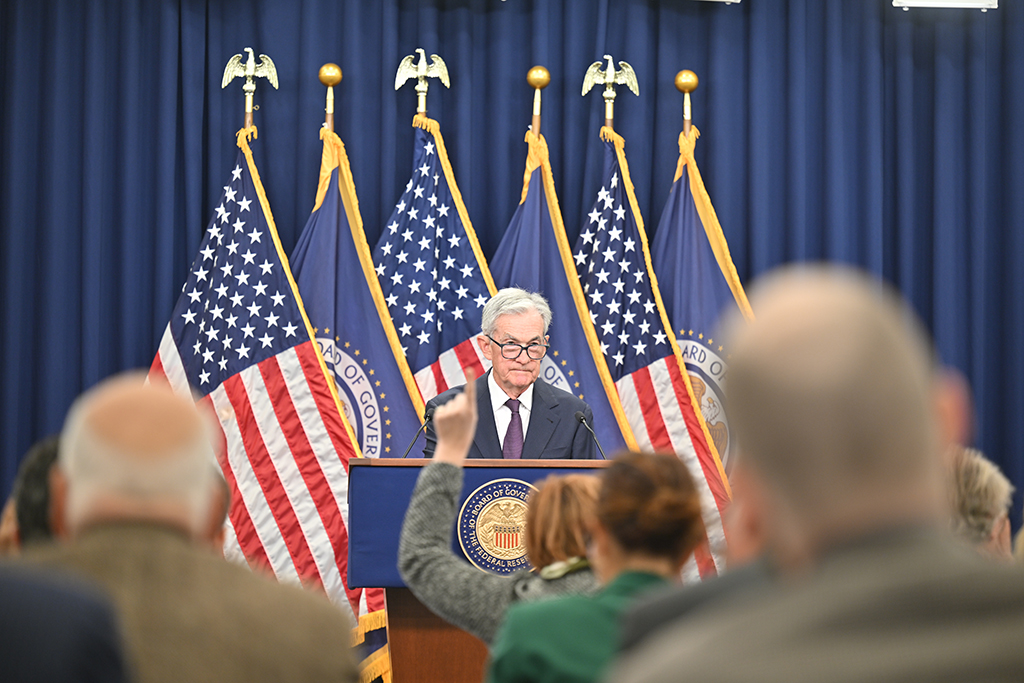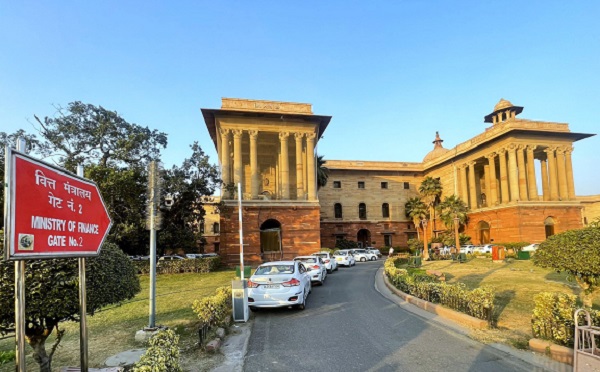.png)
Travel Diaries: Of North-South and Other Divides
Traditional fear factors continue to influence core voter decisions, maintaining rigid voting patterns that have characterised Bihar politics for decades.

Amitabh Tiwari, formerly a corporate and investment banker, now follows his passion for politics and elections, startups and education. He is Founding Partner at VoteVibe.
September 14, 2025 at 3:03 PM IST
Who will win Bihar? I travelled 2,000 km covering all nine administrative zones—Tirhut, Darbhanga, Kosi, Purnia, Bhagalpur, Munger, Magadh, Patna, Siwan—to gauge the mood. The road trip started on August 30 and culminated in Patna on September 9.
The National Democratic Alliance hopes to emerge victorious in the state and maintain its winning streak after Haryana, Maharashtra, and Delhi. Mahagathbandhan (INDIA bloc) hopes to win after losing a close battle in 2020 and to stop the BJP juggernaut, riding on 20 years of natural anti-incumbency.
The political landscape remains largely bifurcated between the MGB, led by Tejashwi Yadav, and the NDA, led by Nitish Kumar, with established vote banks showing limited mobility. The NDA comprises JD(U), BJP, LJP, HAM, RLM, while the MGB consists of RJD, INC, CPI(ML), CPI(M), CPI, VIP, JMM, and the LJP (Pashupati Kumar Paras faction).
A third pole in the form of Prashant Kishor’s Jan Suraj Party has emerged as a significant wildcard factor with the potential to impact both major alliances. His influence appears more pronounced in South Bihar compared to North Bihar, suggesting regional variations in his political appeal and organisational reach.
In-depth interviews, focus group discussions, and social listening were used to gain insights into voter behaviour, caste dynamics, and emerging political trends across diverse constituencies.
A distinct North–South divide is evident in political discourse. North Bihar demonstrates stronger communal undertones compared to South Bihar, with Hindu–Muslim polarisation more prominent in northern constituencies. This regional variation reflects deeper socio-economic and historical differences between these areas.
Community Dynamics
The Muslim community (17% of the population) traditionally backed the MGB in Bihar. In 2020, a section of Muslims backed the AIMIM in Seemanchal (Muslim population around 50%), denting the MGB’s prospects in a close contest. This time around, the Muslim community is cautious, and a large proportion is likely to back the MGB as in the Lok Sabha elections.
This does not mean all is well within the community. Some members expressed dissatisfaction with the recent Voter Adhikar Yatra, citing inadequate representation of prominent Muslim leaders on the campaign vehicle.
This grievance could influence electoral choices, particularly in the Seemanchal region, and the MGB would need to assuage these concerns. The community is also seeking higher representation in terms of tickets in proportion to their population and a Deputy CM post.
There is growing scepticism about Prashant Kishor among Muslim voters, with many expressing reluctance to support him this election cycle. Concerns about his funding sources and allegations of being a BJP proxy continue to circulate within the community. Yadavs are firmly with the RJD as they see a realistic chance of returning to power.
Dalit Community Positioning
The Chamar community shows inclinations toward the MGB, largely driven by anti-Paswan sentiment that has historical roots in Bihar's complex caste dynamics. If the Congress state president Rajesh Ram is announced as Deputy CM, the MGB could attract these voters.
Mayawati’s BSP continues to enjoy good support in Bhojpur, Saran, and Magadh divisions, largely the border areas touching Uttar Pradesh. Left parties continue to enjoy support from landless labourers and poor families among the Dalit communities in their bastions in Bhojpur and Magadh.
If the MGB gives more representation to the Mahadalit community vis-à-vis the Paswan community, it could break the NDA hold. The middle class and educated members of the community are aspiring for change, and many see Rahul Gandhi as a messiah of upholding the spirit of the Constitution and are seen backing the MGB.
EBC Considerations
However, opposition parties have not effectively capitalised on these grievances. The Kushwaha community, which voted in good numbers for the MGB in the Lok Sabha elections as well as in neighbouring Uttar Pradesh, may shift toward the MGB if offered a higher number of candidate tickets, demonstrating the continued importance of representation arithmetic in Bihar politics.
Upper Caste Play
Governance and Policy Impact
The scheme of 125 units of free electricity has provided tangible benefits, saving approximately ₹700–₹800 per family monthly. However, its impact is viewed as benefiting all economic sections rather than being specifically women-centric.
The proposed ₹10,000 cash transfer for women in the form of the Mahila Rozgar Yojana is highly anticipated and could serve as a decisive electoral factor if implemented before voting, just like the Laadli Bahin Yojana of Madhya Pradesh and Maharashtra.
Electoral Trends and Voter Behaviour
Unemployment emerges as a significant concern, particularly among youth who remain financially dependent on parents. This economic dependency often translates into following family voting instructions, limiting independent political choices among younger demographics. Despite economic concerns, the analysis suggests that communal considerations may ultimately overshadow employment issues in final voting decisions.
Leadership and Regional Perceptions
The support he received from youth in 2020 is not as vocal this time, as the focus of the MGB has shifted to SIR and “vote chori” in the last two months. While Prashant Kishor generates considerable discussion and interest, public perception suggests limited expectations of his electoral success despite the attention his political activities receive.
The Bhojpur division, particularly areas bordering Uttar Pradesh, shows continued BSP influence, reflecting cross-border political connections and shared demographic patterns with neighbouring Uttar Pradesh constituencies.
The Voter Adhikar Yatra received mixed responses, with strong support among existing MGB supporters, while some participants attended primarily out of curiosity to see Rahul Gandhi rather than from political conviction.
Bihar's electoral landscape ahead of the upcoming polls reflects continuity in traditional patterns with some emerging complexities. While established alliance structures remain largely intact, micro-level shifts among specific communities and the Prashant Kishor factor introduce elements of unpredictability.
The persistence of caste-based voting, combined with the welfare scheme impacts and leadership transitions, will likely determine final electoral outcomes. Regional variations between North and South Bihar, along with community-specific grievances and aspirations, will play crucial roles in constituency-level results.



